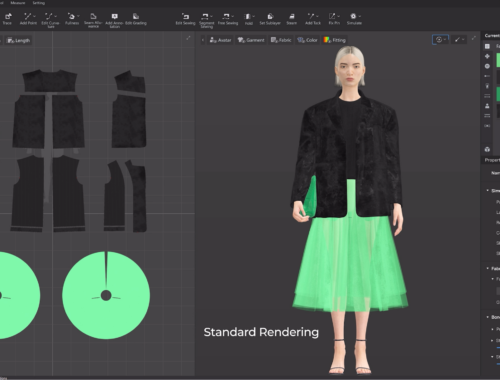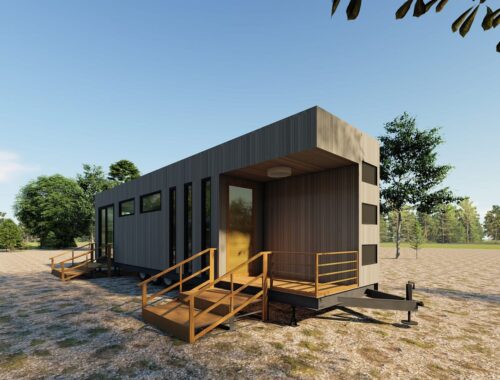Dems prepare 9-figure ad onslaught to blunt Trump’s head start
Democrats are preparing to kick off a campaign totaling hundreds of millions of dollars to blunt Donald Trump’s head start in the 2020 campaign as their party’s candidates slug it out for the right to take him on.
Democratic super PACs are set to soon launch a yearlong $150 million advertising onslaught countering the millions the president’s campaign has already spent targeting voters. On top of that, billionaire Tom Steyer is funding other groups testing a range of strategies to register and turn out people to vote. And the Democratic National Committee this week began training hundreds of college students to work as field staff in battleground states, an effort that will continue throughout the campaign.
The efforts, described to POLITICO by operatives involved in the plans, come as some Democrats worry Trump is going largely untouched during the Democratic primary, amassing huge sums money and lobbing bombs at his would-be rivals as they wage war among themselves. Those concerns were given voice last week by former Obama adviser Ben LaBolt, who wrote in an op-ed in The Atlantic that Trump is “running unopposed” in the 2020 race as his would-be rivals scrap for position in the Democratic primary.
But Democrats interviewed by POLITICO insist that while LaBolt put his finger on an election imperative, the party apparatus is not sitting on its hands. Instead, Democrats are taking early steps to build a massive anti-Trump effort, preparing to shoulder the load until well into next year, before the eventual nominee’s campaign can build back up its bank account after a depleting primary.
The work to counter Trump, who formed his reelection campaign within weeks of being sworn in as president, needs to start early and build to a massive effort, Democrats say — especially because the party’s primary is expected to last well into 2020 and deplete the eventual nominee’s bank account.
“It’s nuts for us to spend money on Democrats fighting Democrats,” said Andrew Tobias, a former DNC treasurer who plans to mostly forgo activity in the primary and focus instead on raising money to power the DNC’s youth field program. “I’ve given 2 percent to one primary candidate, but 98 percent of my budget [is for] the early organizing and registration we need to build a massive blue wave. And I’ve done it now — not next year when it will be flooding in — because giving it now is so much more powerful.”
The effort is ramping up months after the president’s campaign began the nuts-and-bolts work to secure his reelection, hosting rallies and unleashing close to $6 million in advertising on Facebook alone, according to the company’s political ad disclosures.
Some of the Democratic operatives most focused on Trump worry that by the time Democrats winnow their 23-person primary field to one, the president may have secured himself a hard-to-beat advantage if Democrats don’t successfully mount a sustained push against Trump in a swath of 2020 battleground states. There are already significant obstacles: The DNC has raised $27 million this year, less than half than the $62 million the Trump-fueled Republican National Committee has pulled in.
Click Here: Crystal Palace Shop
“I take very seriously the fact that Republicans and Trump are already communicating under the radar to sets of voters they are already in threat of losing,” said David Pepper, chairman of the Ohio Democratic Party, who has been working to raise funds and counter the Trump campaign’s advertising online in his state. “If Trump has an entire year to be hitting these voters with all sorts of garbage, the mindset will be cemented in with a lot of voters by the time we find them.”
Voters in four other swing states will soon hear a fusillade of anti-Trump messaging. The super PAC Priorities USA is preparing to launch a major digital ad campaign that will continue until the end of the presidential primaries, targeting voters in Michigan, Pennsylvania, Wisconsin and Florida. It’s part of $100 million that Priorities USA has budgeted to spend before the process of picking a Democratic presidential candidate is complete.
And late this summer, American Bridge, traditionally an opposition research arm of the Democratic Party, plans to begin $50 million in spending that will target voters in those same states with a media campaign that will include television, digital and radio advertising.
To launch American Bridge’s first major paid media effort, the group’s researchers are spending the summer poring over local events that matter to voters in counties key to the 2020 election. The researchers are working to connect those local changes — such as the closing of a bridge or hospital — to decisions made by the Trump administration, which will form the basis for the group’s ad strategy.
Two organizations that receive funding from Steyer, meanwhile, are focused on Democrats’ ground game.
The super PAC For Our Future has set an $80 million budget for the 2020 cycle — a $20 million increase over its 2018 midterm spending — and is working in swing states this year to gather information on which issues matter most to voters, data the group can use later in the campaign.
A different group focused on college campuses, NextGen America, kept its infrastructure open for the first time this year instead of mostly shutting down for the year after a national election cycle. The organization is building on its voter registration work and testing new strategies, such as using local social media influencers on YouTube and Instagram to encourage young people to register to vote. For Our Future and NextGen will also be involved in this year’s Virginia state House elections, which Democrats see as a key opportunity to engage voters in the state ahead of the 2020 general campaign.
NextGen has a $9 million budget for 2019. But right now, the Steyer groups feel like the biggest Democratic presence in many of the swing states where they do field work, including Michigan and Pennsylvania, said Nextgen spokeswoman Olivia Bercow.
“It is a bit concerning when there are 24 candidates running and it seems like a lot of attention is being spent on Iowa, New Hampshire, maybe Nevada, maybe South Carolina — we have to be engaging in those other states,” Bercow said.
This week, the DNC launched its own plan to get more people into the field early. In classrooms and auditoriums on the campus of Georgia State University, Democratic operatives began training 300 rising college seniors from seven states — the majority of them students of color — to be Democratic organizers. The number of paid organizers in the program, called Organizing Corps, will eventually grow to 1,000. Collective PAC and 270 Strategies are partnering with the DNC on the program.
The field program is one of three early steps that the DNC, which began the year in debt and lacks the RNC’s fundraising prowess, has taken to begin the 2020 campaign more than a year before the primary is settled. The committee also launched a communications and research “war room” that is working with state parties to push anti-Trump messaging and revamped the party’s data operation.
Rachel Haltom-Irwin, executive director of Organizing Corps and former get out the vote director for President Barack Obama’s 2012 reelection, said she wasn’t concerned about Trump’s head start on Democrats and noted the party has more than a year to train and embed the field staff for its new program.
“What we’re preparing for is that we can win a really tight election if it comes down to it,” Haltom-Irwin said. “The primary candidates right now are rightfully focused on four primary states, right? They have to be. But we know we have to win the general election.”
You May Also Like

AI in Fashion: How Artificial Intelligence is Redefining Design, Production, and Shopping Experiences
February 28, 2025
トレーラーハウスで叶える自由な暮らし
March 17, 2025